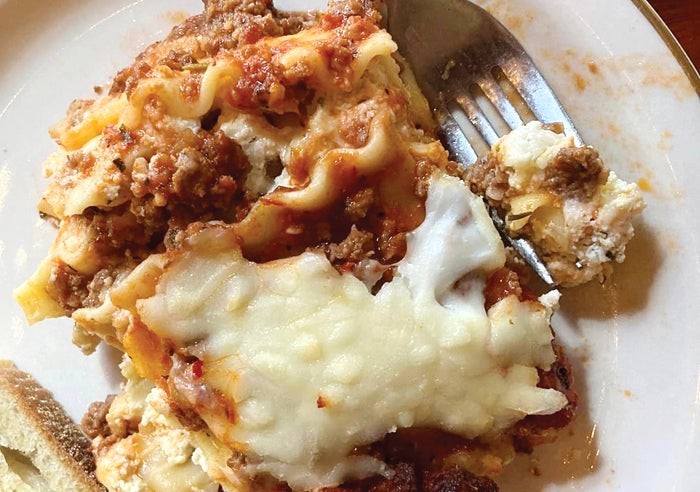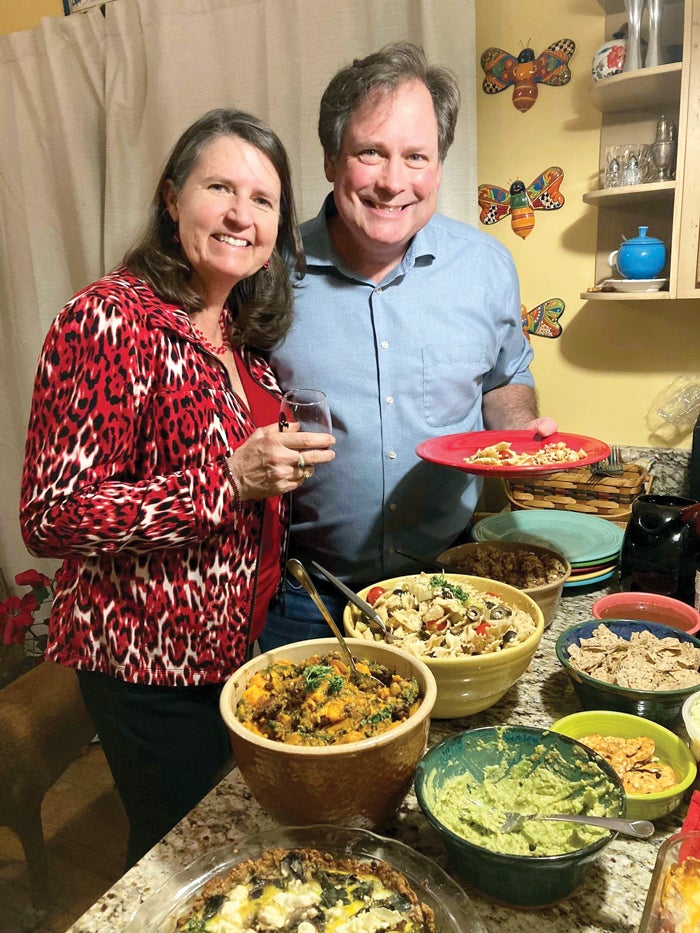Burgers on July 4? Not for the founding fathers
Published 12:00 am Tuesday, July 2, 2013
A roaring grill and an icy brew are almost as integral to July Fourth as fireworks. But today’s burgers and beers affairs bear little resemblance to the buffet served during our nation’s first Independence Day.
America declared itself a sovereign nation with the signing of the Declaration of Independence on July 4, 1776. Celebrations followed almost immediately, but on the first anniversary — when the new nation was embroiled in fighting to establish the freedom it had so boldly declared — the Continental Congress decided to put on a good face with a full-on party.
That first Fourth of July is believed to have taken place at City Tavern, the Philadelphia public house that hosted many a gathering of the founding fathers. Tavern chef Walter Staib says the menu likely would have been based on the recipes of British culinary authority Hannah Glasse, whose book “The Art of Cookery Made Plain and Easy” dictates not only every dish of the three-course dinner, but where it should be placed on the table.
Glasse’s July menu suggests the signers of the Declaration would have supped on roast turkey and fricasseed rabbit, pigeon, crawfish and lobsters. There would have been tongue and turnips and lamb testicles. And for dessert, apricot tarts and roasted apples, plums, jellies and custards.
Because Philadelphia was a major port, the meal likely also would have included delicacies from abroad, Staib says. Limes from the West Indies were used for lime curd. Exotic fruit such as mangoes, pineapples and coconuts might have been available, as well as spices such as cinnamon, nutmeg, mace and vanilla. Plus, there was local seafood, such as salmon, sturgeon and oysters.
“Think of McDonald’s,” Staib says. “This was oysters in Philadelphia. They were fried in cornmeal, poached, they were everywhere. Some of the largest oyster banks were right here in the Delaware (River).”
Outside the tavern and in various cities throughout the former colonies, artillery salutes, military bands and grand speeches entertained the masses, says James Heintze, librarian emeritus at American University in Washington, D.C. A newspaper account of the Philadelphia celebration reports “a grand exhibition of fireworks.”
“That very first celebration set up the components of what all future celebrations would have,” Heintze says. “It was all organized.”
The masses watching these events may have munched on oysters, pepperpot stew or tripe at the many food stalls that Staib says populated Philadelphia at the time. Or, says Heintze, they may have ducked into an alehouse for some turtle soup.
“Turtle soup was served in grand style on the Fourth of July,” says Heintze, who has found it listed in the advertisements of taverns all along the coast.
Heintze says these American traditions were firmly in place up and down the Eastern Seaboard by the 1790s, and that they spread west during the early 19th century. Congress declared July 4 an unpaid holiday in 1870. In 1938, it was made it paid day off.
One thing revelers would not have done on July 4? Had a picnic.
“It was only for the leisured classes to do that,” says food historian Sandy Oliver. Picnics of that day were elaborate affairs that involved servants packing up your meal and shepherding you to the countryside, where tables were set under tents to protect your fair complexion.
“If you were a commoner during the Fourth of July and you had just been to the parade and seen the artillery shot off and listened to some speech by some prominent person in your town, you might have tucked some crackers and cheese in your pocket and eaten that while you were listening,” Oliver said.
Meager though it was, the feast of pocket lint and cheese may have ended the way we end a July fourth meal today: with a treat. “There were lots of pastry shops all around here, and ice cream shops,” Staib says. “People could easily go around and find all kinds of good stuff to eat.”





